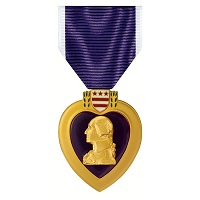
Purple refers to any of a variety of colors with hue between red and blue.
The modern English word “purple” comes from the Old English purpul, which derives from Latin purpura, which, in turn, derives from the Greek πορφύρα (porphura), the name of the Tyrian purple dye manufactured in classical antiquity from a mucus secreted by the spiny dye-murex snail. The first recorded use of the word purple dates to the late 900s AD.
Purple, unlike violet, is not one of the colors of the visible spectrum. It was not one of the colors of the rainbow identified by Isaac Newton, and it does not have its own wavelength of light. For this reason, it is called a non-spectral color. It exists in culture and art, but not, in the same way that
violet does, in optics. It is simply a combination, in various proportions, of two primary colors, red and blue.

Purple combines the calm stability of blue and the fierce energy of red. The color purple is often associated with royalty, nobility and luxury. Purple also represents meanings of wealth, creativity, wisdom, dignity, grandeur, devotion, peace, pride, mystery, independence, and magic.
Purple first appeared in prehistoric art during the Neolithic era. The artists of Pech Merle cave and other Neolithic sites in France used sticks of manganese and hematite powder to draw and paint animals and the outlines of their own hands on the walls of their caves. These works have been dated to between 16,000 and 25,000 BC.
As early as the 15th century BC the citizens of Sidon and Tyre, two cities on the coast of Ancient Phoenicia, (present day Lebanon), were producing purple dye. Clothing colored with the Tyrian dye was mentioned in both the Iliad of Homer and the Aeneid of Virgil. The deep, rich purple dye made from this snail became known as Tyrian purple.

The Phoenicians’ “Tyrian purple” came from a species of sea snail now known as Bolinus brandaris, and it was so exceedingly rare that it became worth its weight in gold.
Thousands of the tiny snails had to be found, their shells cracked, the snail removed. Mountains of empty shells have been found at the ancient sites of Sidon and Tyre. The snails were left to soak, then a tiny gland was removed and the juice extracted and put in a basin, which was placed in the sunlight.
There, a remarkable transformation took place. In the sunlight the juice turned white, then yellow-green, then green, then violet, then a red which turned darker and darker. The process had to be stopped at exactly the right time to obtain the desired color, which could range from a bright crimson to a dark purple, the color of dried blood. Then either wool, linen or silk would be dyed. The exact hue varied between crimson and violet, but it was always rich, bright and lasting.
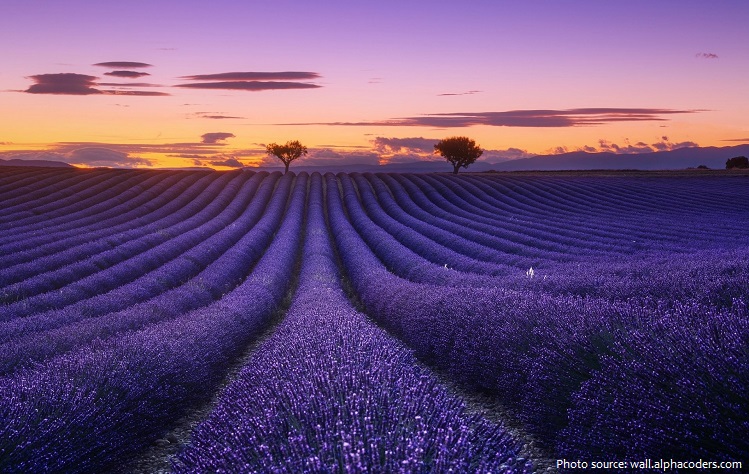
Purple was mentioned in the Old Testament – in the Book of Exodus, God instructs Moses to have the Israelites bring him an offering including cloth “of blue, and purple, and scarlet,” to be used in the curtains of the Tabernacle and the garments of priests.
Jesus Christ, in the hours leading up to his crucifixion, was dressed in purple by the Roman garrison to mock his claim to be ‘King of the Jews’.
The color purple’s ties to kings and queens date back to ancient world, where it was prized for its bold hues and often reserved for the upper crust.
The Persian king Cyrus adopted a purple tunic as his royal uniform, and some Roman emperors forbid their citizens from wearing purple clothing under penalty of death.
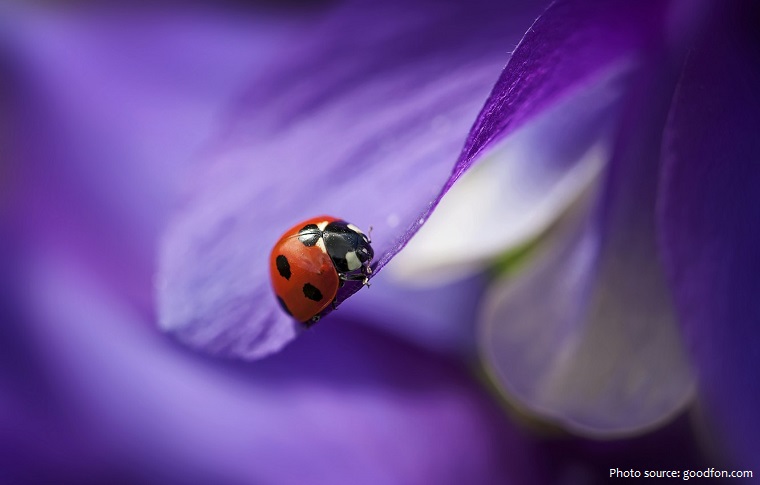
In ancient Rome, purple was the color of royalty, a designator of status. And while purple is flashy and pretty, it was more important at the time that purple was expensive.
In the Roman Catholic Church, “promotion to the purple” is promotion to the rank of cardinal.
Purple was especially revered in the Byzantine Empire. Its rulers wore flowing purple robes and signed their edicts in purple ink, and their children were described as being “born in the purple.”
Purple was regarded as a secondary color in ancient China. In classical times, secondary colors were not as highly prized as the five primary colors of the Chinese spectrum, and purple was used to allude to impropriety, compared to crimson, which was deemed a primary color and thus symbolized legitimacy. Nevertheless, by the 6th Century, purple was ranked above crimson. Several changes to the ranks of colors occurred after that time.
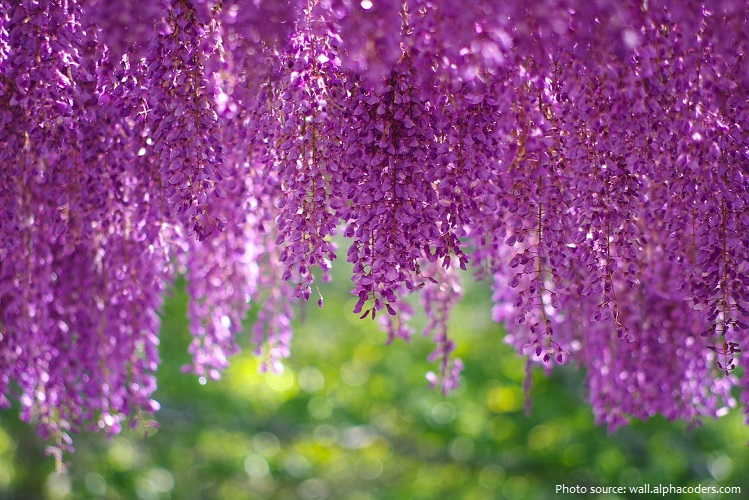
During the Middle Ages, artists usually made purple by combining red and blue pigments – most often blue azurite or lapis-lazuli with red ochre, cinnabar, or minium.
While purple was worn less frequently by Medieval and Renaissance kings and princes, it was worn by the professors of many of Europe’s new universities. Their robes were modeled after those of the clergy, and
they often wore square violet or purple caps and robes, or black robes with purple trim. Purple robes were particularly worn by students of divinity.
The development of an artificial purple wasn’t a deliberate decision, but a happy accident for a young chemist named William Henry Perkin. In 1856, Perkin was trying to make a synthetic quinine. His experiments produced instead the first synthetic aniline dye, a purple shade called mauveine, shortened simply to mauve. It took its name from the mallow flower, which is the same color.
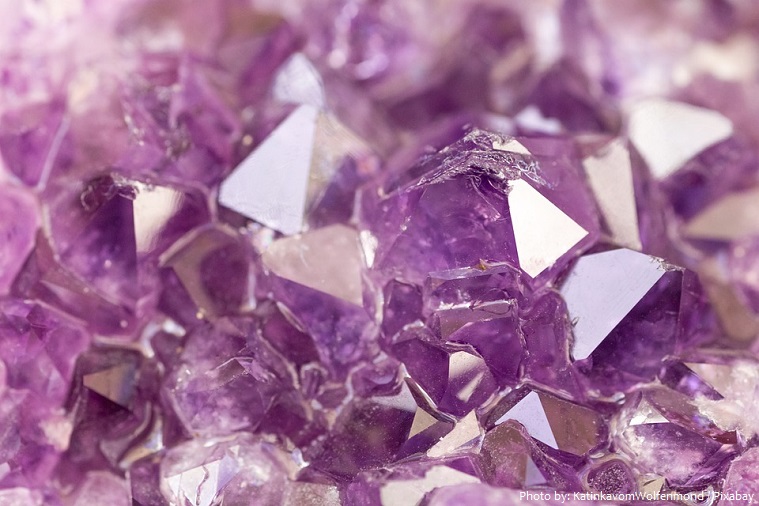
Perkin developed an industrial process, built a factory, and produced the dye by the ton, so almost anyone could wear mauve. It was the first of a series of modern industrial dyes which completely transformed both the chemical industry and fashion.
At the turn of the century, purple was a favorite color of the Austrian painter Gustav Klimt, who flooded his pictures with sensual purples and violets.
The violet or purple necktie became very popular at the end of the first decade of the 21st century, particularly among political and business leaders.
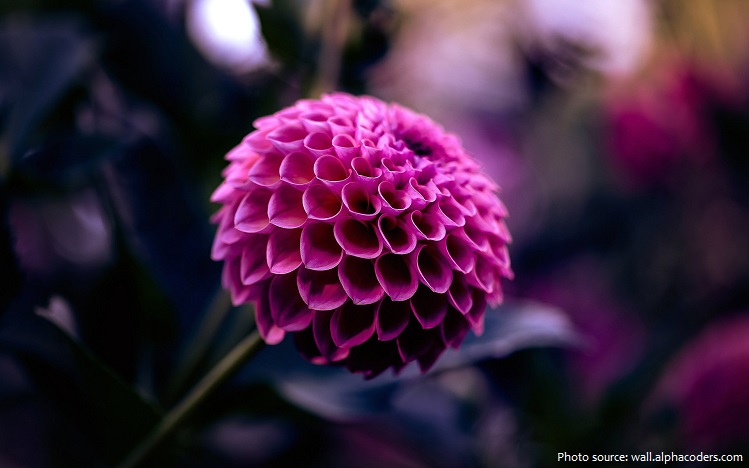
It has been observed that the greater the distance between a viewers eyes and mountains, the lighter and more blue or purple they will appear. This phenomenon, long recognized by Leonardo da Vinci and other painters, is called aerial perspective or atmospheric perspective. The more distant the mountains are, the less contrast the eye sees between the mountains and the sky.
The Purple Heart is a United States military decoration awarded in the name of the President to those who have been wounded or killed during their service.
In United States politics, a purple state is a state equally balanced between Republicans (generally symbolized by red in the 21st century) and Democrats (symbolized by blue).
Purple appear in the flags of only two modern sovereign nations, and are merely ancillary colors in both cases. The Flag of Dominica features a sisserou parrot, a national symbol, while the Flag of Nicaragua displays a rainbow in the center, as part of the coat of arms of Nicaragua.
In Japan, the prefecture of Tokyo‘s flag is purple, as is the flag of Ichikawa.
